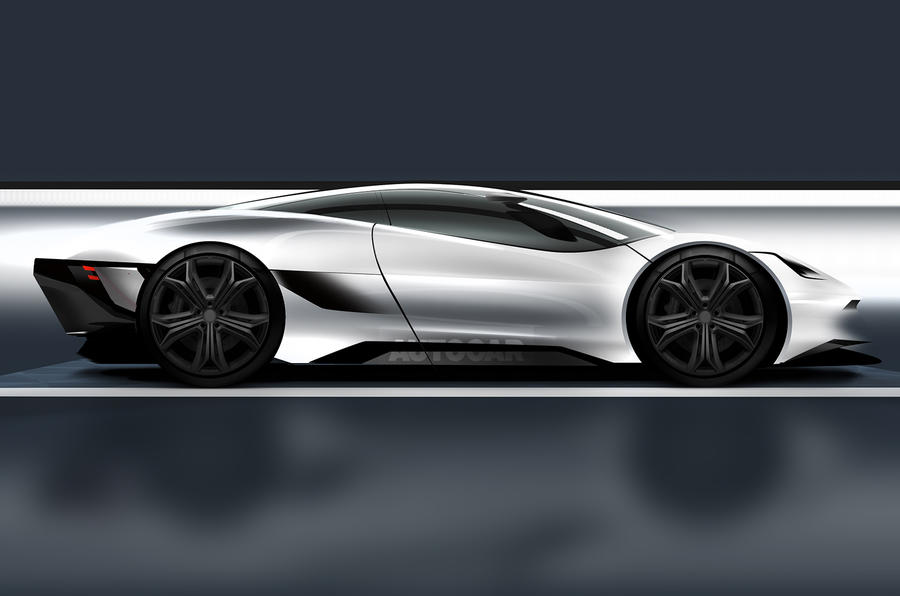Blue-chip British technology firms Ricardo and McLaren Applied can now be revealed as the latest participants in the recently launched Swiss-based Kincsem hybrid hypercar project, which aims to bring a hydrogen-fuelled design reminiscent of the stillborn Jaguar C-X75 to market for around £3 million from 2025.
The plan, fronted by Hungarian entrepreneur Tibor Bak and his company Bak Motors, is initially to build 54 Kincsem Hyper-GT hypercars in the UK, before transferring its revolutionary EV powertrain to a new factory and a new SUV model. The SUV will be made in greater numbers than the Hyper-GT and priced to challenge the forthcoming Ferrari Purosangue SUV.
The name Kincsem (pronounced ‘kin-chem’) is a tribute to a famed Hungarian racehorse that was brought to the UK in the 1870s and won 54 races from 54 starts. The win tally explains the decision to make only 54 Hyper-GTs.
Since its plans were first revealed, Bak Motors has ditched its original idea of using a high-revving V12 petrol engine as a charging motor in favour of a smaller but still multi-cylinder unit fuelled by hydrogen stored on board that uses a revolutionary process to bypass the pressure storage systems common in hydrogen cars. Compared with a battery, the hydrogen storage system cuts cost by 20% and weight by over 30%.
Bak says the difficulty and expense of adapting a petrol-powered V12 to comply with forthcoming Euro 7 rules is one important reason for his powertrain decision. However, the main one is Bak Motors’ recent access to a ‘disruptive’ hydrogen storage process developed more than a decade ago by US company Plasma Kinetics but protected until recently against private use by US defence authorities. It allows the gas to be carried without pressure in specially wound film and freed when it comes into contact with light. It is understood that access to this technology has been a major attraction for Ricardo.
The Hyper-GT chassis will be a carbon tub, understood to be under development by yet another well-known UK tech company whose identity can’t be revealed. McLaren Applied will be responsible for the whole electric powertrain – four electric motors, one per wheel, plus the inverters, traction control systems and a “relatively small” high- performance battery, which should allow the car’s all-up weight to be low against its peers. Total power will be “over 500kW”, or 670bhp.
Working closely with Ian Callum’s Warwick-based design agency, Bak says his first prototype, XP1, will be ready for testing towards the end of next year. The first cars will be delivered to customers in early 2025. By then, Bak Motors and its partners will be in the late stages of SUV development and will also be working on a luxurious pick-up to expand the family.











Add your comment